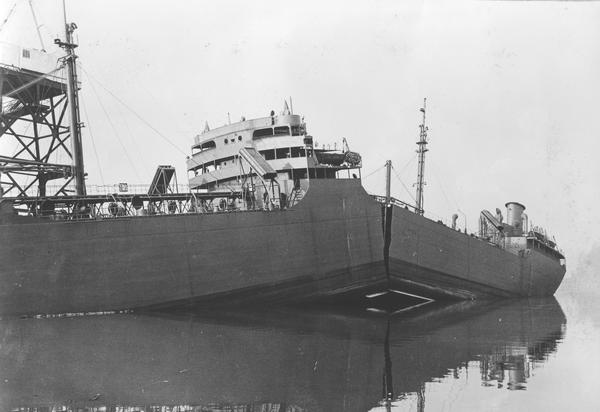The Liberty Ships: A World War II Industrial Miracle
During WWII, the United States achieved an unprecedented shipbuilding feat by mass-producing over 2,700 Liberty Ships in just 4 years, with construction times dropping from 244 days to as little as 4 days, demonstrating America’s remarkable industrial capacity.

The Liberty Ships stand as one of the most remarkable industrial achievements of World War II, showcasing America’s manufacturing might at its peak. These vessels, while simple in design and austere in amenities, played a crucial role in sustaining the Allied war effort through their sheer numbers.
In 1941, the United States embarked on an ambitious shipbuilding program to counter German U-boat attacks that were decimating Allied merchant fleets. The first Liberty Ship, the Patrick Henry, took 244 days to build. However, through revolutionary production techniques and process improvements, construction times decreased dramatically. At Oregon Shipbuilding Corporation, the Joseph E. Teal was completed in just 10 days, while the Robert E. Peary set an astounding record of 4 days, 15 hours and 29 seconds from keel-laying to launch.
The program reached its zenith in 1943, when American shipyards produced 19.2 million tons of shipping - 41% of all U.S. merchant vessels built between 1915 and 1945. The scale was staggering - 18 shipyards across America constructed 2,751 Liberty Ships, with some yards achieving remarkable efficiency. In January 1943, Bethlehem-Fairfield Shipyard completed 3 vessels in 46.3 days, while Richmond Shipyard delivered 13 ships in just 37.5 days.
The Liberty Ships employed innovative construction techniques that prioritized speed over durability. They used extensive welding instead of traditional riveting, modular construction methods, and simplified designs. While this led to some structural issues like hull cracks in cold weather, the strategy aligned with their intended purpose - to transport critical war materials across the Atlantic, even if they only survived a few voyages.
The human element of the Liberty Ship program was equally impressive. Shipyards employed tens of thousands of workers, including many women entering industrial work for the first time. These workers faced immense pressure to maintain production schedules while battling material shortages and harsh working conditions. The fact that they could produce ships at such rates with a largely inexperienced workforce makes their achievement even more remarkable.
The Liberty Ships' legacy extends beyond their wartime service. They demonstrated America’s ability to rapidly mobilize its industrial base and adapt manufacturing processes for maximum efficiency. While only two Liberty Ships survive today as museum ships, they stand as monuments to one of history’s greatest industrial accomplishments and the determination of the workers who made it possible.
The program’s success ultimately helped secure Allied victory by ensuring vital supplies reached Europe despite German U-boat attacks. The Liberty Ships proved that industrial production capacity could overcome military technology, as American shipyards could replace sunk vessels faster than German submarines could sink them. This industrial triumph helped turn the tide of the Battle of the Atlantic and sustain Allied forces through to victory.